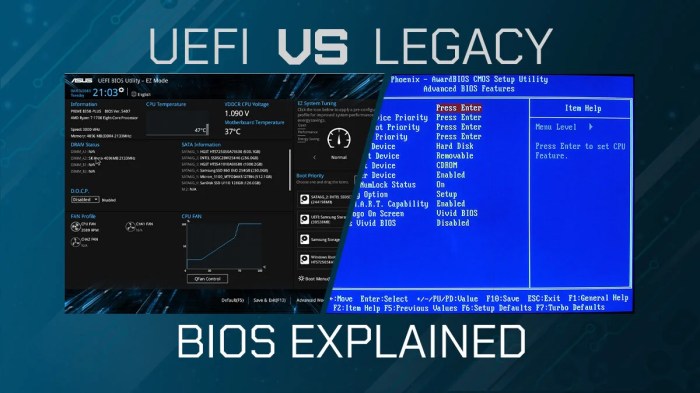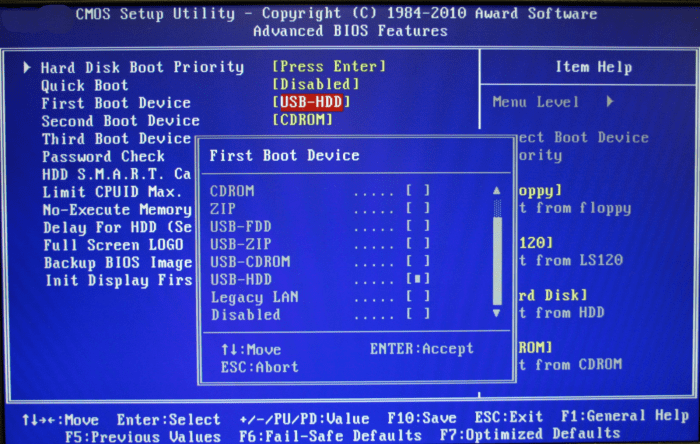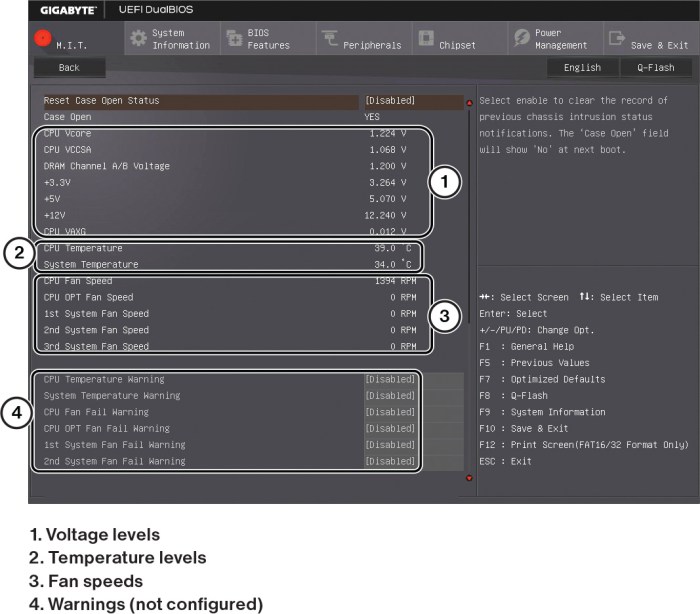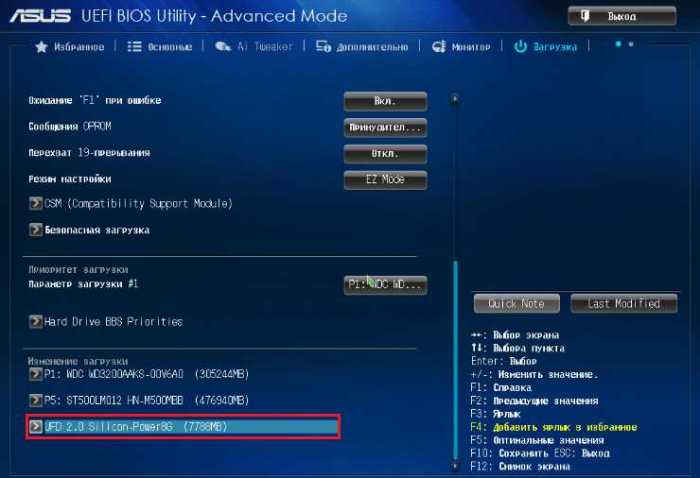In the realm of hardware testing, lab 2-5 testing mode use uefi setup emerges as a powerful tool, empowering users to delve into the intricate depths of their systems for diagnostics and optimization.
This comprehensive guide will illuminate the purpose and advantages of lab 2-5 testing mode, unravel the mysteries of UEFI setup, and provide a step-by-step walkthrough to harness their combined capabilities. Prepare to unlock the secrets of your hardware and unleash its full potential.
Lab 2-5 Testing Mode: Lab 2-5 Testing Mode Use Uefi Setup

Lab 2-5 Testing Mode is a diagnostic environment that allows users to test and troubleshoot hardware and software components of a computer system. It provides a controlled and isolated environment where users can perform various tests and checks to identify potential issues or malfunctions.Lab
2-5 Testing Mode is typically used when a computer system is experiencing problems or when users want to verify the functionality of specific components. It can be accessed by pressing a specific key combination during the computer’s boot process, such as F12 or F2, depending on the system manufacturer.
Benefits of Using Lab 2-5 Testing Mode
Lab 2-5 Testing Mode offers several benefits, including:
Isolation from the Operating System
Lab 2-5 Testing Mode runs independently of the operating system, which allows users to test hardware and software components without interference from the OS or other software programs.
Comprehensive Diagnostics
Lab 2-5 Testing Mode provides a wide range of diagnostic tests and checks that can help users identify issues with various components, such as memory, storage, and network connectivity.
Hardware Troubleshooting
Lab 2-5 Testing Mode can be used to troubleshoot hardware problems, such as faulty memory modules or malfunctioning hard drives. It allows users to run tests that verify the functionality of individual components and identify potential hardware failures.
Software Testing
Lab 2-5 Testing Mode can also be used to test software programs and applications. It allows users to run software in a controlled environment and monitor its performance, which can help identify bugs or compatibility issues.
Examples of Lab 2-5 Testing Mode Use
Lab 2-5 Testing Mode is typically used in the following scenarios:
- Troubleshooting computer problems when the operating system is not booting or is experiencing errors.
- Verifying the functionality of newly installed hardware components, such as memory modules or hard drives.
- Testing software programs and applications in a controlled environment before deploying them in a production environment.
- Performing routine maintenance and diagnostics on computer systems to identify potential issues before they become major problems.
UEFI Setup

In Lab 2-5 Testing Mode, UEFI Setup plays a crucial role in configuring and troubleshooting hardware components.
To access UEFI Setup, restart the system and press the specified key (usually F2, F10, or Del) during the boot process. Different manufacturers may use different keys.
Key Features and Options, Lab 2-5 testing mode use uefi setup
UEFI Setup provides various key features and options to manage hardware settings:
| Feature | Description |
|---|---|
| Boot Order | Specify the order in which devices are checked for bootable operating systems. |
| System Time and Date | Set the system’s current time and date. |
| Security Settings | Configure security-related options, such as passwords and encryption. |
| Hardware Configuration | View and modify hardware component settings, including memory, storage, and peripherals. |
| Diagnostic Tools | Run diagnostic tests to identify hardware issues. |
Using Lab 2-5 Testing Mode with UEFI Setup

UEFI Setup provides a graphical user interface (GUI) for configuring the system’s firmware settings. It allows users to make changes to boot order, enable or disable hardware components, and adjust system performance settings.To use Lab 2-5 Testing Mode with UEFI Setup:
Accessing UEFI Setup
- Restart the computer.
- As soon as the computer starts to boot, press the key specified by the system manufacturer to enter UEFI Setup. Common keys include F2, F10, F12, or Del.
Configuring UEFI Setup
- Navigate to the “Boot” tab.
- Select the “Boot Order” option.
- Move the “Lab 2-5 Testing Mode” entry to the top of the list using the arrow keys.
- Press F10 to save the changes and exit UEFI Setup.
Entering Lab 2-5 Testing Mode
- The computer will now boot into Lab 2-5 Testing Mode.
- Follow the on-screen instructions to complete the setup process.
Troubleshooting Lab 2-5 Testing Mode
Using Lab 2-5 Testing Mode in a UEFI environment can occasionally lead to various issues. This section aims to identify and address some of the most common problems that users may encounter while utilizing this mode, providing detailed troubleshooting steps for their resolution.
Identifying Common Issues
- UEFI setup does not detect the testing mode USB drive.
- The testing mode environment fails to boot.
- The testing mode environment freezes or hangs during operation.
- The testing mode environment encounters errors while performing specific tasks.
Troubleshooting Steps
To resolve the aforementioned issues, follow these troubleshooting steps:
- Ensure USB Drive Compatibility:Verify that the USB drive used for testing mode is compatible with the UEFI system and is formatted with a supported file system (e.g., FAT32).
- Check Boot Order:In the UEFI setup menu, ensure that the USB drive is set as the first boot device in the boot order.
- Test USB Drive:Use a different USB drive to rule out any hardware issues with the original drive.
- Update UEFI Firmware:Install the latest UEFI firmware updates from the manufacturer’s website to address potential compatibility issues.
- Inspect System Logs:Examine the system logs for any error messages or warnings that may indicate the cause of the issue.
- Contact Technical Support:If the issue persists despite following the troubleshooting steps, contact the manufacturer’s technical support for further assistance.
Troubleshooting Table
The following table summarizes the common issues and their corresponding troubleshooting solutions:
| Issue | Solution |
|---|---|
| UEFI setup does not detect the testing mode USB drive. | Ensure USB drive compatibility, check boot order, test USB drive, update UEFI firmware. |
| The testing mode environment fails to boot. | Ensure USB drive compatibility, check boot order, test USB drive, update UEFI firmware. |
| The testing mode environment freezes or hangs during operation. | Inspect system logs, update UEFI firmware, contact technical support. |
| The testing mode environment encounters errors while performing specific tasks. | Inspect system logs, contact technical support. |
Best Practices for Using Lab 2-5 Testing Mode

Maximizing Performance
-
-*Use high-quality hardware
Ensure the computer used for testing has sufficient RAM, a fast processor, and a reliable network connection.
-*Minimize background processes
Close any unnecessary applications or processes running in the background to free up system resources.
-*Use a dedicated testing environment
Isolate the testing environment from other activities to avoid interference and ensure accurate results.
Avoiding Pitfalls
-
-*Beware of unexpected behavior
Testing Mode can sometimes cause unexpected behavior, so be prepared to troubleshoot issues as they arise.
-*Back up your data
Always back up important data before using Testing Mode to avoid potential data loss.
-*Use caution with UEFI settings
Changing UEFI settings incorrectly can cause system instability, so only modify settings if necessary and with caution.
Tips for Optimization
-
-*Use a test plan
Develop a clear test plan to ensure thorough and efficient testing.
-*Document your findings
Keep detailed notes of your testing results and observations to facilitate analysis and debugging.
-*Seek support when needed
Don’t hesitate to reach out for support from colleagues or online forums if you encounter difficulties.
Key Questions Answered
What are the primary benefits of using lab 2-5 testing mode?
Lab 2-5 testing mode provides deep insights into hardware behavior, enabling users to identify and resolve issues, optimize performance, and ensure system stability.
How does UEFI setup contribute to lab 2-5 testing mode?
UEFI setup offers a graphical interface to configure hardware settings, including boot order, memory allocation, and power management, providing essential control over the testing environment.
What are some common troubleshooting steps for issues encountered in lab 2-5 testing mode?
Common troubleshooting steps include checking hardware connections, updating firmware, running diagnostic tests, and consulting vendor documentation for specific error codes.